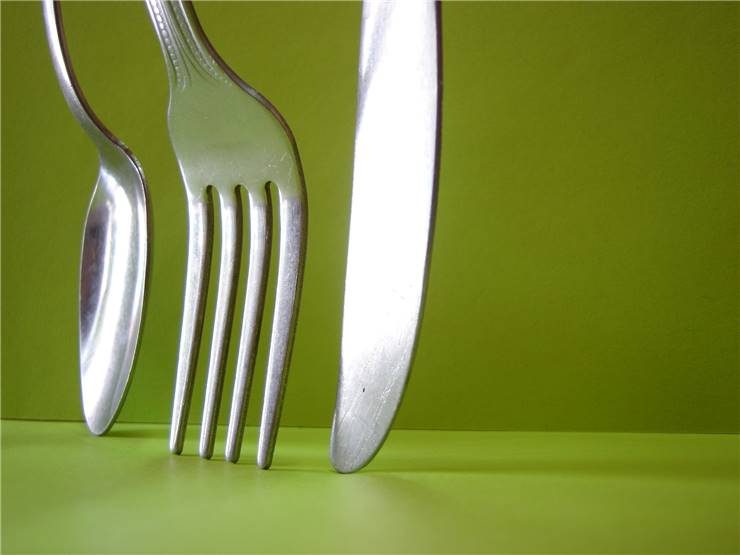Eating Utensils Facts and Statistics
- First eating utensils were knife and spoons based from woods or sea shells. They were discovered around 500.000 years ago.
- Modern design of Spoon was introduced over 3000 years ago in Egypt, where they were used in religious ceremonies and food preparation process.
- Fork was introduced also around 3000 years ago in its modern form - wooden handle with two to three slim pines for piercing the food.
- Chopsticks were introduced around 3500 years ago during the reign of Chinese Shang Dynasty. Since then they slowly spread across many Asian territories.
- Drinking straw was first used over 5 thousand years ago in ancient Sumeria. Modern day design was standardized with the invention of paper straw by Marvin C. Stone in 1888.
- Europeans were introduced with the fork in 16th and 17th century. They gained popularity only after they found favor of French Royal Court.
- Spoon gained popularity in Europe in from 14h century and beyond.
- United States was one of the last regions to adopt fork and spoon on every dining table. They did it at the start of 19th century.
- According to some studies over 1.5 billion people eat with knife, fork and spoon; 1.2 billion with chopsticks, 350 million with knife and hands; and several billion with their hands only.
- Royal decree from French King Louis XIV forbid the use of sharp tipped knives at the tables, thus ending centuries long tradition of using combat ready knife in everyday life.

- Modern day design of fork was created in 19th century Germany.
- Annually , population of Asia spends around 80 billion chopsticks. Majority of them is used in China and Japan.
- China uses over 25 million fully grown trees for annual production of chopsticks.
- Joseph Friedman's invented of bendy straw in 1937.
- Skewer was used in cooking food over fire for countless ages. In modern day, skewers are used as a holder of candy, garnishes on cocktails, and many other products.
- Lack of eating utensils in early United States created tradition of always using utensils in right hand, even if person is left-handed.
- American and British sailors continued to ignore use of knives and forks while on the sea, considering them unmanly.
- The most common material from which modern eating utensils are made is stainless steel. It was introduced in early 20th century.
- Arrival of plastic in 1960s enabled production of cheap and disposable eating utensils. Modern manufacturers are trying to shift their production to biodegradable materials.
- Modern day ingenuity enabled creation of many hybrid utensils which combined the features of knife, fork and spoon. They are spork, knork, spife and sporf.

